On September 14, 2022, at 20h 59min 40sec UT (21h 59min 40sec BST), a very bright and long-lasting meteor was widely observed and reported by more than 1 000 persons over United Kingdom and Ireland (Figure 1). IMO #2022-6109 was also recorded on numerous videos and photographies (Figures 4a to 4d).
*BST = British Summer Time
If you witnessed this event and/or if you have a video or a photo of this event, please
Submit an Official Fireball Report
If you want to learn more about Fireballs: read our Fireball FAQ.
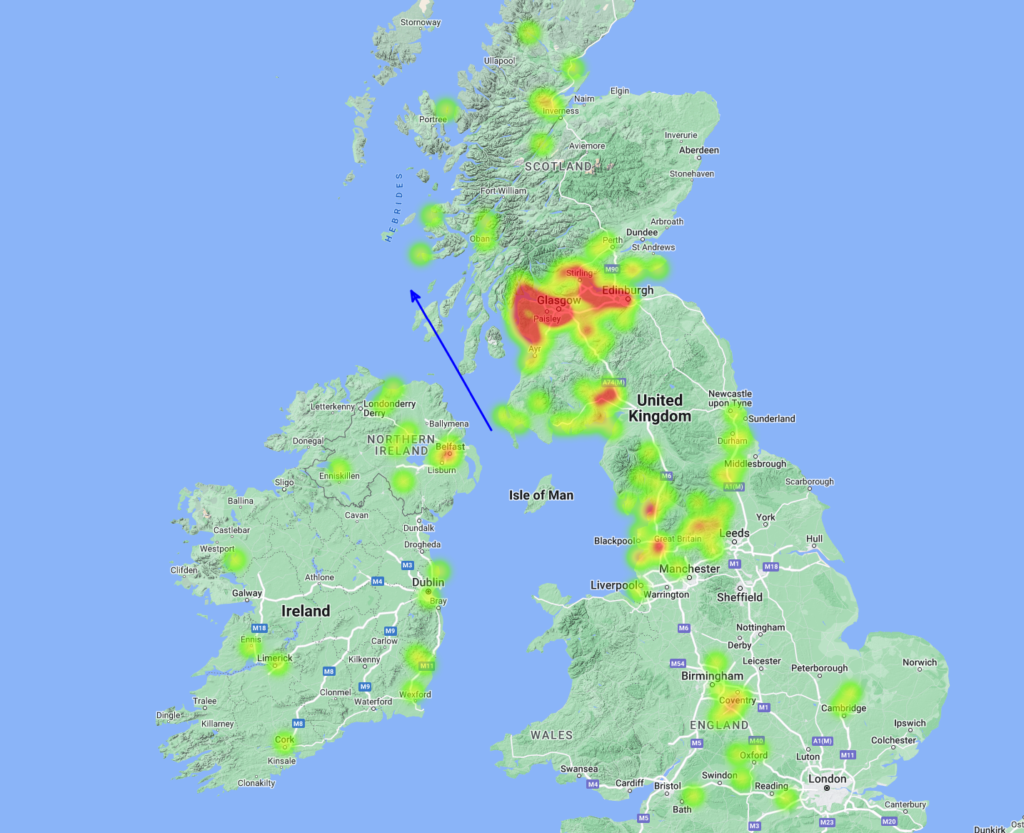
Not a space junk, but a real meteoroid coming from inner asteroid belt
This impressive event was associated to the atmospheric entry of a meteoroid coming from the inner parts of the asteroid belt, between Mars and Jupiter (Figure 2), according to UK Meteor Network analysis. The object entered the atmosphere at a 14 km/s velocity, which is much too high for a space junk, satellite or rocket stage reentry. Combined with an inclination of the path which is not compatible with regular launches, this definitely rules out the possibility of a human-made object, and proves its extraterrestrial nature. It remains luminous on a nearly 300 km-long path, explaining the very long visible path (starting over Wales, travelling North-West, passing over Belfast and ending over Northern Ireland, Figure 3) and the duration of the event, which exceeded 20 seconds. Potentiel meteorites unfortunately fell in the Atlantic Ocean, around 50-100 km West of the Isle of Islay.
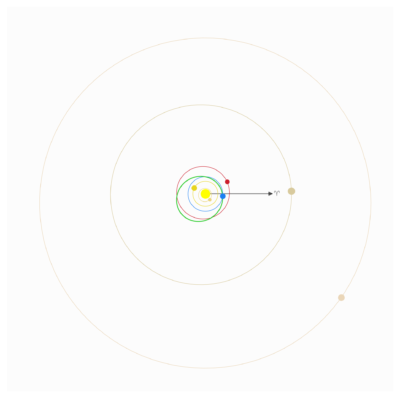
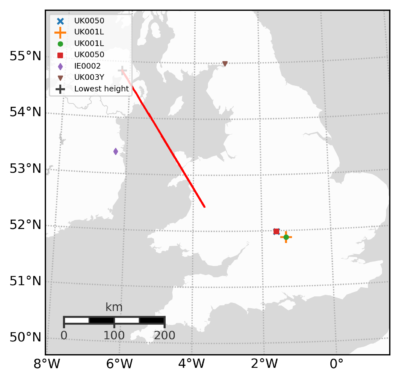
Photos and Videos
Fireball, Bolide?
Several thousand meteors of fireball magnitude occur in the Earth’s atmosphere each day. The vast majority of these, however, occur over the oceans and uninhabited regions, and a good many are masked by daylight. Those that occur at night also stand little chance of being detected due to the relatively low numbers of persons out to notice them.
Additionally, the brighter the fireball, the more rare is the event. As a general thumb rule, there are only about 1/3 as many fireballs present for each successively brighter magnitude class, following an exponential decrease. Experienced observers can expect to see only about one fireball of magnitude -6 (crescent moon) or better for every 200 hours of meteor observing, while a fireball of magnitude -4 (Venus) can be expected about once every 20 hours or so.
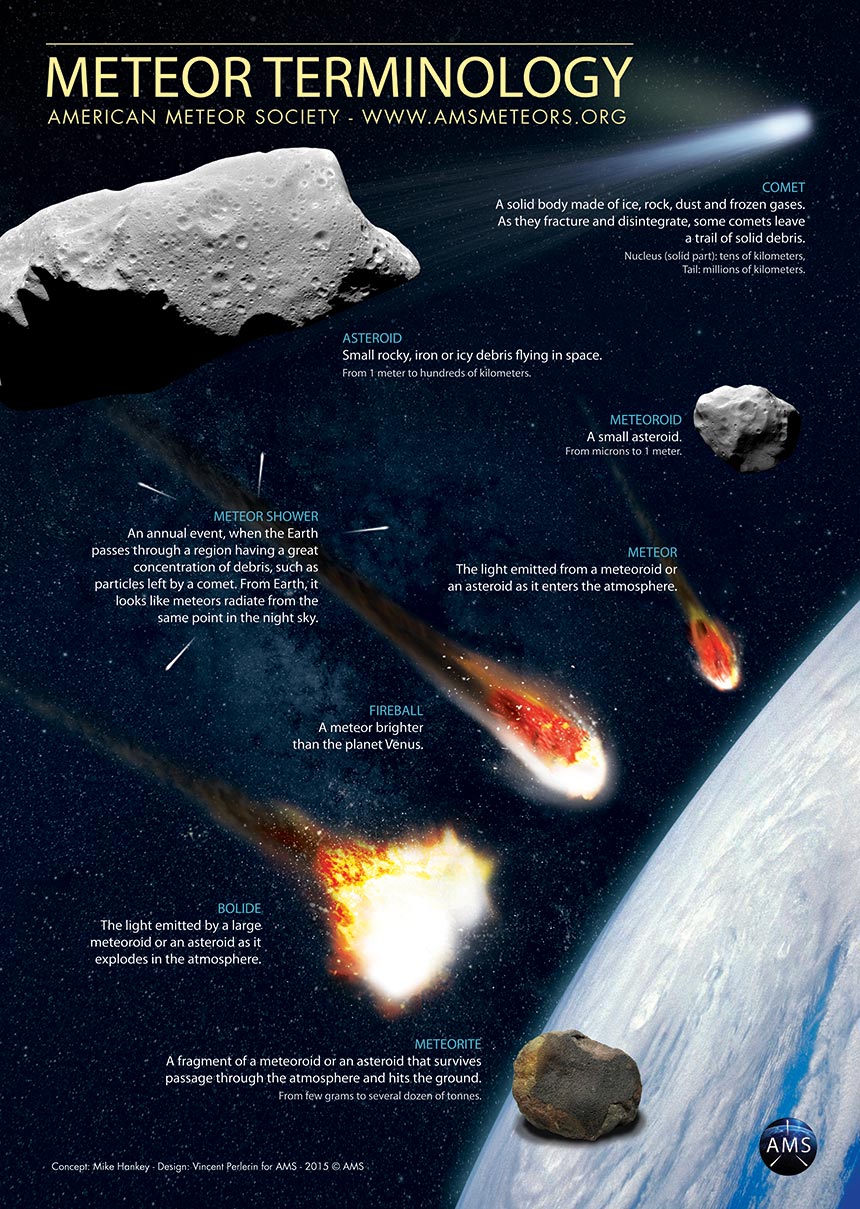


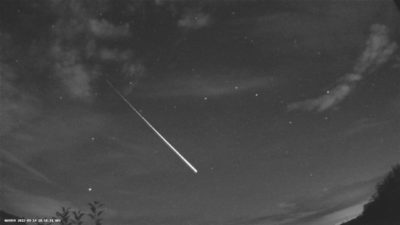
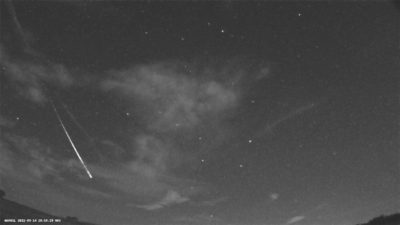
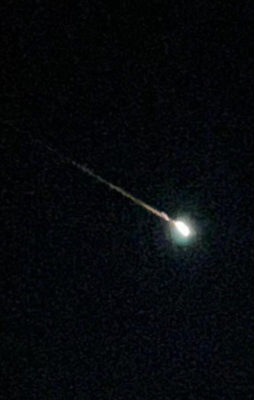



 You saw something bright and fast? Like a huge shooting star? Report it: it may be a fireball.
You saw something bright and fast? Like a huge shooting star? Report it: it may be a fireball.  You counted meteors last night? Share your results with us!
You counted meteors last night? Share your results with us!  You took a photo of a meteor or fireball? You have a screenshot of your cam? Share it with us!
You took a photo of a meteor or fireball? You have a screenshot of your cam? Share it with us!  You caught a meteor or fireball on video? Share your video with us!
You caught a meteor or fireball on video? Share your video with us!